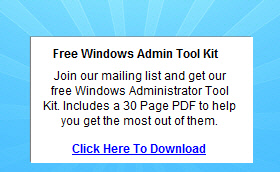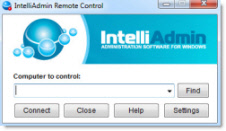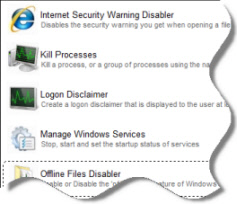I set up a unidirectional trust between FOREST01 and FOREST02.
FOREST01 is the trusting domain,
FOREST02 is the trusted domain.
FOREST01 has a domain local group ACL_SALES,
FOREST02 has a global group GG_SALES.
I want to add GG_SALES to ACL_SALES.
As user Administrator@FOREST01 I am able to query the Active-Directory of FOREST02.
PS C:\> hostname FOREST01-DC PS C:\> Get-ADGroup GG_SALES -Server FOREST02 DistinguishedName : CN=GG_Sales,OU=FOREST02,DC=FOREST02,DC=LOCAL GroupCategory : Security GroupScope : Global Name : GG_Sales ObjectClass : group ObjectGUID : 6d58b91f-b11c-40b9-9dd9-b06ad9bc7e83 SamAccountName : GG_Sales SID : S-1-5-21-3826854346-1676647773-3462851188-1104
I am able to add GG_SALES to ACL_SALES with the PowerShell.
PS C:\> $gg_sales = Get-ADGroup GG_SALES -Server FOREST02 PS C:\> $acl_sales = Get-ADGroup ACL_SALES PS C:\> Add-ADGroupMember $acl_sales -Members $gg_sales
I can verify this worked using the Active Directory Users and Computers Snap-In.
My problem is, that I cannot do the steps described above using only the Active Directory Users and Computers Snap-In.
As you can see in the screenshot below, using the PowerShell as described above, I was able to add GG_SALES to ACL_SALES (blue). But when doing so with the Active Directory Users and Computers Snap-In, I get ask to enter credentials for an account with permissions for FOREST02.LOCAL (red).
Seeing a credential prompt is wrong and inconsistent behaviour. It should just work as it does by using the PowerShell.
Additionally, I cannot use the PowerShell alone to manage my users and groups as the command Get-ADGroupMember is bugged, too. The moment you add a foreing principal to a domain local group, you see the following error message.
PS C:\Users\Administrator> Get-ADGroupMember ACL_SALES
Get-ADGroupMember : The server was unable to process the request due to an internal error. For more information about
the error, either turn on IncludeExceptionDetailInFaults (either from ServiceBehaviorAttribute or from the
<serviceDebug> configuration behavior) on the server in order to send the exception information back to the client, or
turn on tracing as per the Microsoft .NET Framework SDK documentation and inspect the server trace logs.
At line:1 char:1
+ Get-ADGroupMember ACL_SALES
+ ~~~~~~~~~~~~~~~~~~~~~~~~~~~
+ CategoryInfo : NotSpecified: (ACL_SALES:ADGroup) [Get-ADGroupMember], ADException
+ FullyQualifiedErrorId : ActiveDirectoryServer:0,Microsoft.ActiveDirectory.Management.Commands.GetADGroupMember
Research has shown me that this error exists for three years.
"if you just run Get-Adgroupmember in a powershell window it fails when it encounters a FSP [foreign security principal]" (Advice with get-adgroupmember)
How do you manage forest trusts with those errors? Is there a way to fix those problems? I am not interested in workarounds!


